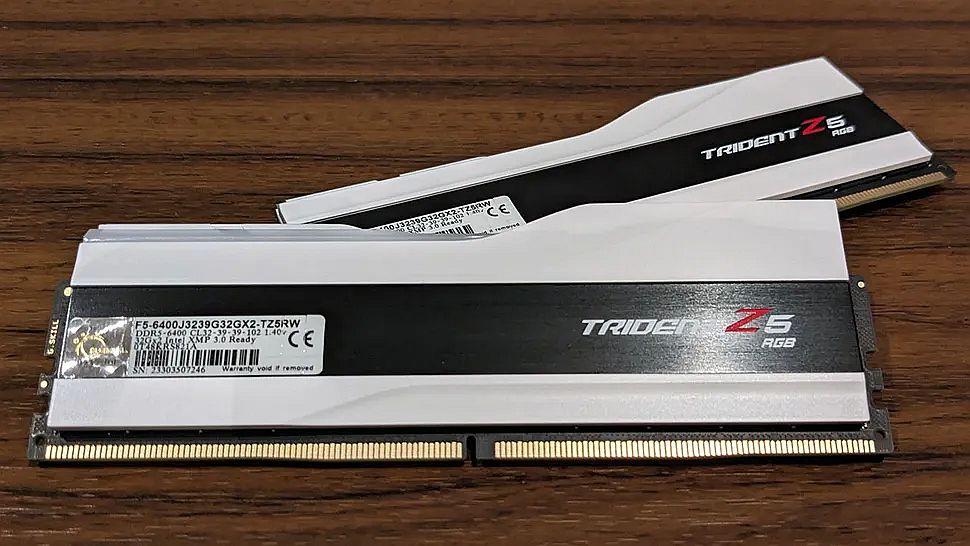Keep this to yourself, but a BIOS with a theoretical 2,001 W power limit exists for this absurdly overbuilt Galax RTX 5090 D

The Galax RTX 5090 D HOF XOC Edition is an interesting graphics card. For a start, as an RTX 5090 D GPU, it’s only available in China. It’s got a ridiculous name, a ridiculous shroud design (is that a literal crown?) and it’s been overbuilt to the nth-degree for overclocking purposes—and now evidence suggests that a BIOS with a 2,001 W upper power limit is available to those in the know.
Screenshots have been shared on various forums purporting to show a BIOS given to participants in a Galax overclocking competition, in which the maximum power limit for the card is reported by GPU-Z as 2,001 W (via Overclocking). That’s an absurdly high number for an absurdly-specced card, although the upper limit is purely theoretical.
That’s because the hardware consumption limits still appear to be active, which reigns the card in (presumably before it melts itself into the Earth’s core) to a much more sensible 1,000 W. I mean, relatively speaking.
I thought the standard RTX 5090’s 575 W TDP was impressive, but it’s dwarfed by the kind of wattage extreme overclockers will attempt to run through their GPUs.
This particular Galax card seems better-equipped than most, however. It’s got two 16-pin 12V-2×6 connectors, a 12-layer PCB, and a 38-phase power delivery system, all with the aim of making the card as robust as possible when it comes to handling power requirements and topping the leader boards in overclocking competitions.
Speaking of which, Team OGS has already used the BIOS to clock their sample all the way up to a 3,650 MHz core result, with some liquid nitrogen help. That’s over 1,200 MHz higher than stock speeds, and resulted in the team breaking the record at the time for the highest 3DMark Port Royal benchmark reading with a score of 47,469 points.
It’s been beaten since by a score of 47,598 using a regular RTX 5090, which must feel like a bit of a kick in the teeth. Anyway, this mega-card appears to be living up to all those letters after its name, but getting hold of this BIOS yourself (and a card, I would imagine) is likely to be no easy task.
There’s no current easily shareable link to be found, as it’s being passed around by those in the overclocking community. I imagine it currently comes on a flash drive in a brown paper envelope with “nothing to see here” written on the outside.
Those extreme overclockers, ey? They’re a secretive bunch for sure. It’s probably for the best, anyway. I need to talk my 850 W PSU down from the ceiling, which is what it’s been clinging to in fear since I started writing this piece.

Best graphics card 2025




